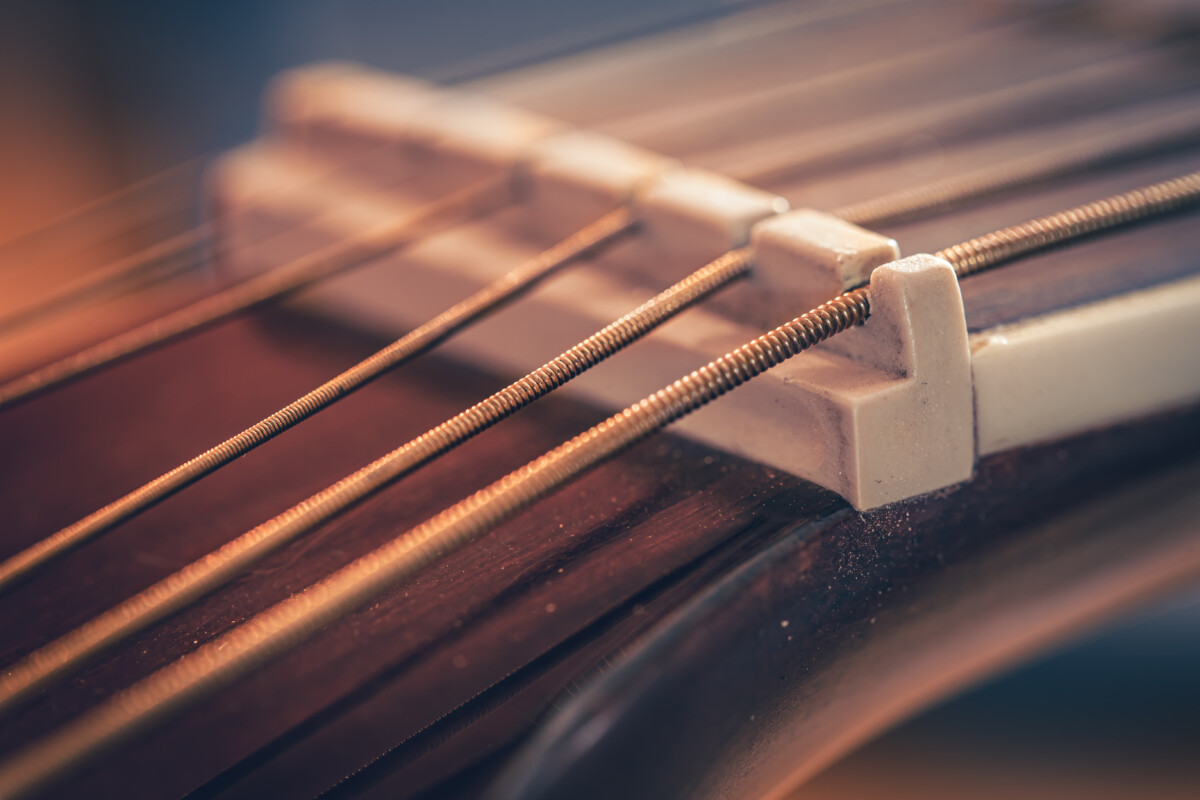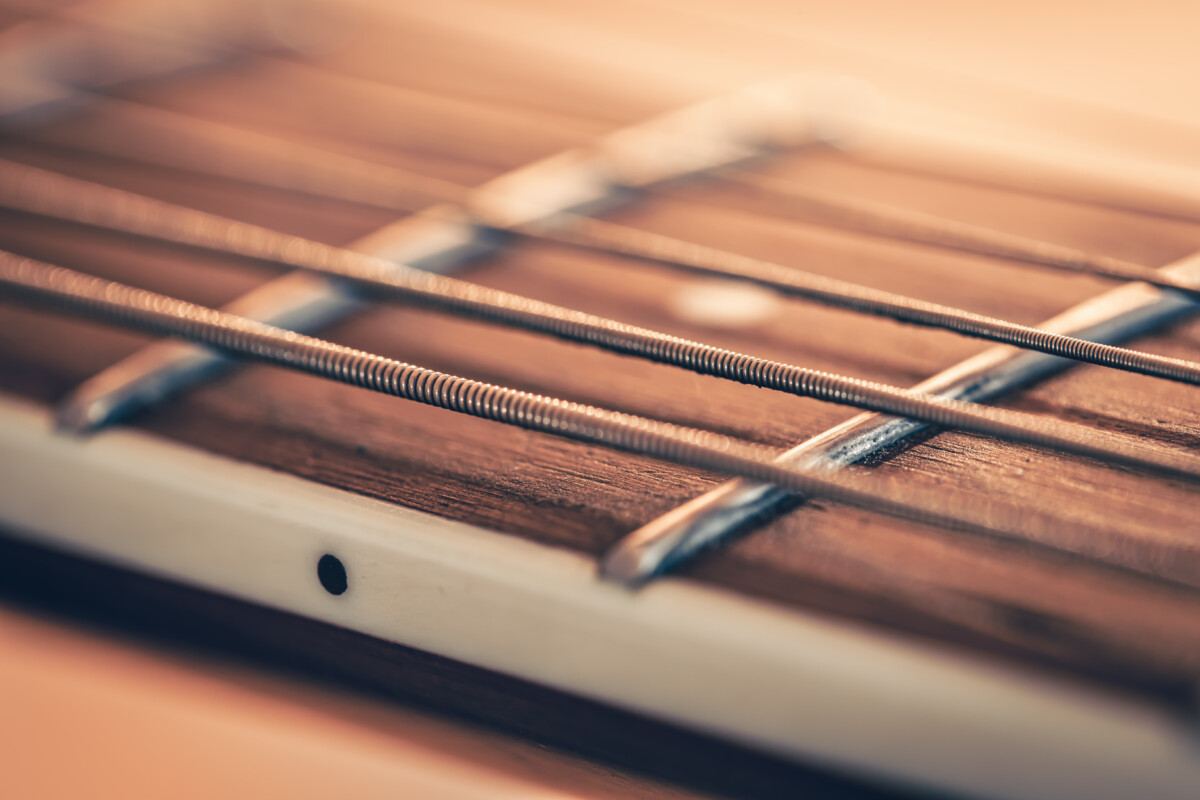The materials from which certain fretboards are produced may be tricky to maintain and clean because of the delicacy and specifications that are offered by a guitar finish.
This is also the case with fretboards made out of maple. This material is known for being very gentle and not resistant to damage which is why proper care needs to be taken.
So, if you have ever wondered how to clean maple fretboard, keep reading to find out the best possible methods that you can successfully utilize.
Key Takeaways
- The two different types of maple may require differing fretboard maintenance techniques and products.
- You should always be gentle and careful while you are cleaning your maple fretboard.
- Do not rub the surface too harshly because this practice can cause damage.
- For the purpose of maple fretboard cleaning, you can either use a dampened cloth or dry towels.
- Maple fretboard deep cleaning requires the removal of strings and careful maintenance of all parts.
Table of Contents
How is Maple Fretboard Cleaned?
The process of cleaning a maple fretboard involves the use of a cloth that is soft and clean, while the other components you’re going to need are water, a fretboard conditioner, mild dish soap, and a brush. Avoid the usage of products that can damage the surface such as those containing chemicals and abrasive properties.
Also Read: How Can You Fix Fret Sprout?
How To Determine The Type Of A Maple Fretboard

There are two different types of maple that are used for the production of fretboards which are known as appearing either finished or unfinished.
The type known as finished has a glossy appearance and it may require the constant practice of polishing as well as being cleaned with a cloth that is very soft.
In comparison, the unfinished appearance is associated with a more natural look and this type of maple can be cleaned by using a microfiber cloth and products for maintaining wood.
In order to easily determine the type of maple in regards to your fretboard, pay attention to whether it has a glossy or rough appearance.
What to Use for Cleaning Maple Fretboards?
As a general rule, cleaning maple fretboards involves the use of a clean towel or cloth that is characterized as being extremely soft in order to avoid damage to the material itself.
Microfiber cloths are most commonly used for this purpose because they do not leave any residue on the surface which may then be hard to remove.
More often than not, this way of gentle cleaning and maintenance will help in retaining the quality of the maple material and the performance of the particular fretboard.
If you take proper care of your maple fretboard, its unique look and efficiency will last for a long time without the possibility of observing any possible damage with the naked eye.
Things to Avoid During Maple Fretboard Maintenance
Some people think that applying any type of solvent or product for cleaning is suitable for all surfaces, but this practice should be avoided if you are trying to properly clean maple.
Harsh and corrosive products should be strictly avoided during the process of cleaning a maple fretboard because the chemicals will cause severe damage to the material.
Rubbing the maple fretboard in a coarse manner can also lead to the surface being ruined because maple requires the use of a gentle hand during its maintenance.
Cloths that are known for leaving unnecessary residue on surfaces such as dust should also be avoided for cleaning maple fretboards because the fibers will stick to the component.
Also Read: How Long Does a Guitar Fret Actually Last
How to Deeply Clean a Maple Fretboard?

Although cleaning the surface of a maple fretboard may be just enough for some people, others may prefer more deep cleaning in order to ensure proper maintenance.
In order for you to successfully achieve a deep cleaning process of a maple fretboard, it is often recommended for the strings to be completely removed in order to give enough room.
This technique will allow you quick accessibility to the entire maple fretboard and you will be able to get into every nook and cranny for the purpose of deep cleansing.
Once you are sure that the maple fretboard is completely clean and free of any dust, dirt, or other debris, you can simply put back the strings in their place and your fretboard is good to go.
Things You Need For Properly Cleaning A Fretboard:
- A soft and clean cloth
- Water and some mild dish soap
- A brush
- Fretboard conditioner
Maple Fretboard Cleaning Tips
Apart from the abovementioned tips for cleaning a maple fretboard, there are also some other techniques that can be used for the purpose of successfully maintaining this part and ensuring that it is always spotless when you need to use it.
Dampen your cloth
It does not necessarily mean that your maple fretboard will get cleaned only by using a dry cloth. Instead, what you can do is slightly get your cloth damp with water or any gentle product you may have and let it dry for a couple of hours.
Usage of Vinegar
Purified vinegar can also be used for the purpose of cleaning a maple fretboard because this product is natural and it will not damage the surface as some other artificial products that are abrasive which may cause impairment.
Avoid Oil
Always try to avoid oily products if you want to clean your fretboard made out of maple because these types of products tend to cause destructiveness to the wood itself and this kind of damage may be almost impossible to repair.
Also Read: How Can You Clean Your Guitar Properly
Final Words
It is very important to be informed of the techniques and products you can use in order to safely and properly take care of your maple fretboard because any small misstep or absence of care can lead to irreparable damage.
In order to ensure that this type of damage never happens to your maple fretboard, try to research any possible tip that is available for this process and if you are not sure, always opt for water instead of taking a risk and using products that can ruin the quality of the wood.
A cloth that tears and leaves any dust should not be used for cleaning maple fretboards because the debris will be very difficult to remove because these particles tend to stubbornly stick on the surface and stay there for long periods of time.

